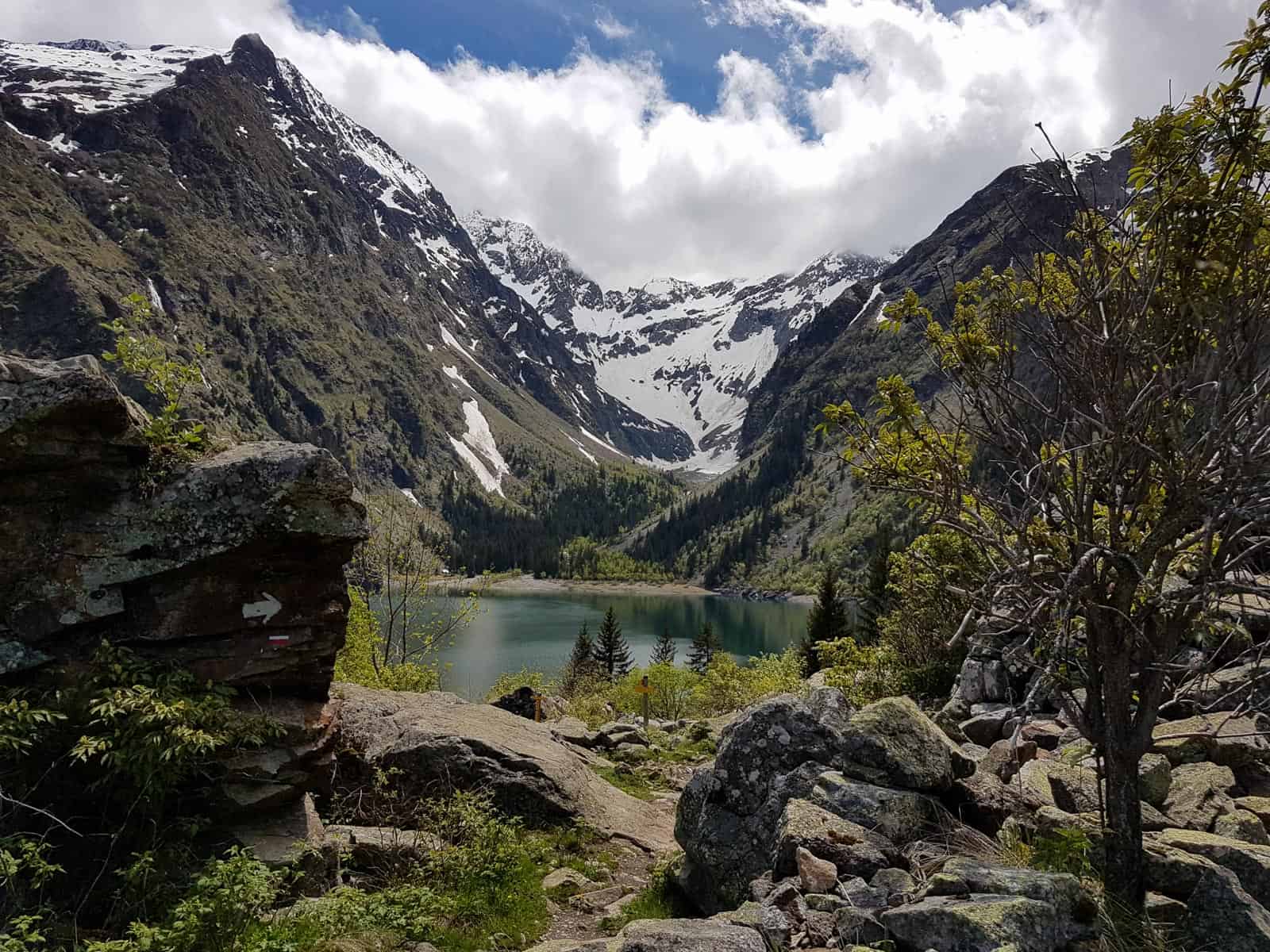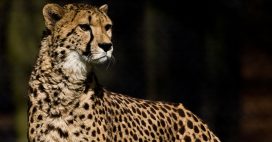France

France is the 3rd largest country in Europe, and lies in the west. As such, historically virtually all predators were hunted to extinction quite some time ago.
Bears were the only one that survived into the modern day. This animal survived in the Alps until the 1930s when it was lost. Unfortunately a similar thing was on the verge of happening to the other French bear population in the Pyrenees. While there are now 76 bears in the Pyrenees (split between France and Spain) this is only as a result of translocation of bears from Slovenia – as the original bears of the area were on the verge of extinction.
Wolves, similarly were lost back in the 1930s but returned silently from Italy back in the 1990s. Despite being unwelcome by many, the greater proportion of the population was pleased of their return. While it makes livestock farmers jobs more complex, it also allows an apex predator to help balance the population, which allows the ecosystem to work properly.
Their stronghold is in the far south west, though they have also spread north with some small areas where they are known to be resident in the north east of the country. They are also listed as occasionally sighted across a band of the middle of the country, and a few have travelled across the south of the country to settle in the Pyrenees. There are thought to be around 16 wolves living on the Spanish side of the border. Given the regular sightings, it is likely that the French population is similar in size.
Links to areas to visit will appear below.
Help us build up a map of where wildlife has been seen. Add any sightings of mammals that you encounter. As this map starts to be used, we will greatly reduce how long sightings remain free for anyone to see, so that hunters and poachers cannot use this as a resource. The idea is that over time we can build up an idea of exactly where we should look for them.
We have already built pages for various places of wildlife interest in France, but are awaiting partners, click here to browse them. They will all move to this page, as partners (big or small) join us. Whether you are a guide, work in hospitality or some other assistance for wild travel, we are interested in working with you.










